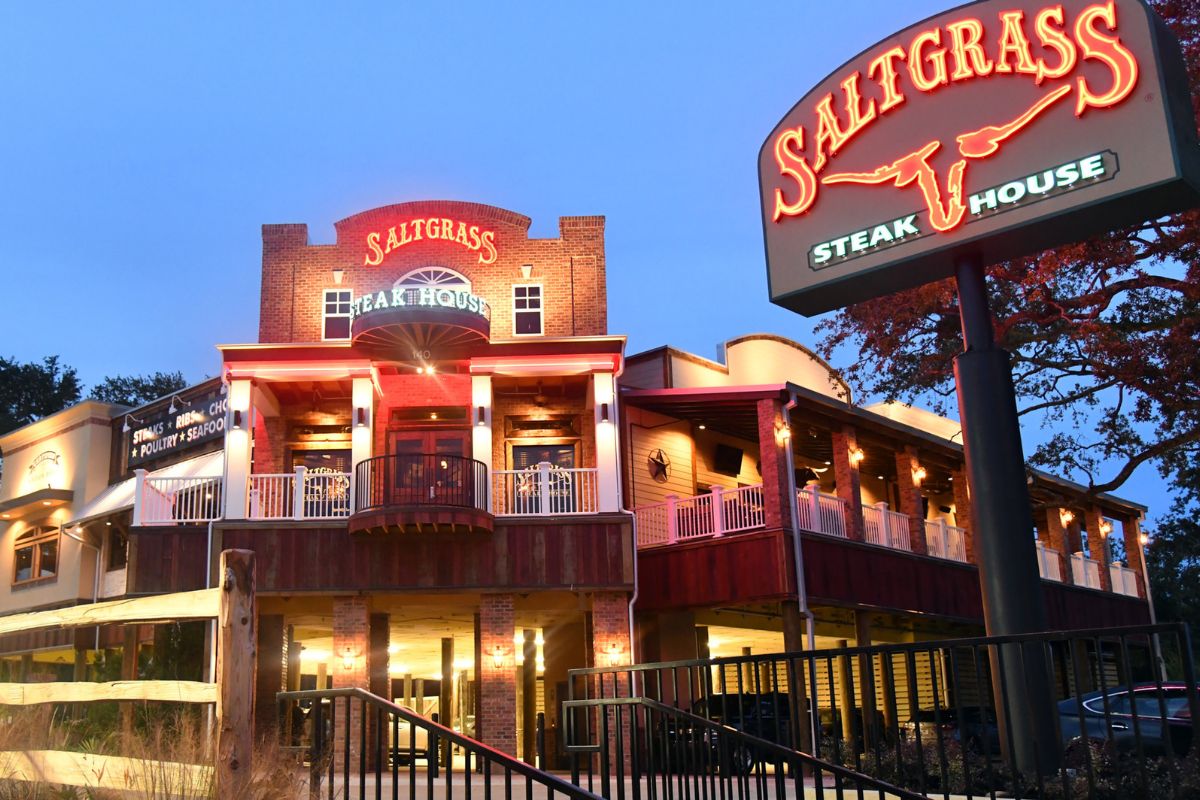Business
Trending
- How Toca Boca is Transforming Digital Play into a Creative Lifestyle
IntroductionDigital play has become an inseparable part of modern life. For children, teens, and eve...
Selecting a location is one of the most crucial decisions in building a pickleball court. The area should be level, accessible, and free from drainage issues. Consider proximity to noise-sensitive areas, especially for residential courts. The location also impacts the orientation, where a north-south position is ideal to minimize sun interference.
Another factor in selecting the site is surrounding space. You`ll need adequate clearance on all sides to allow free movement. Trees, buildings, or fences nearby may obstruct play or cause shadows. Environmental conditions like wind exposure should also be considered during site selection.
Urban or backyard spaces can both work depending on your budget and needs. In cities, rooftop installations or repurposing underutilized tennis courts are common options. Suburban or rural properties often allow more design freedom and space optimization.
Standard Court Dimensions
A standard pickleball court measures 20 feet wide by 44 feet long. These dimensions remain consistent for both singles and doubles play. These proportions ensure fair competition and proper gameplay. The net stands at 36 inches high at the sidelines and 34 inches in the center.
Extra space around the court is recommended for safety and comfort. The total playing area should be at least 30 by 60 feet. This additional room allows players to move freely without stepping off the playing surface.
These regulated sizes are set by USA Pickleball and are widely followed across the country. Sticking to standard dimensions maintains consistency if you host tournaments or switch courts. Following official specs also improves resale value and credibility.
Surface Options and Materials
Your court surface can dramatically influence playability and longevity. Asphalt and concrete are the most common choices, offering durability and consistent bounce. Asphalt is slightly softer, while concrete provides a firmer surface.
Modular tiles are another popular option, especially for quick installations. These interlocking tiles sit over existing pavement and come in various textures. They are low-maintenance, slip-resistant, and UV-protected, ideal for outdoor use.
For high-performance courts, cushioned acrylic coatings are applied over asphalt or concrete. These coatings offer player comfort and reduce joint strain. The texture can be customized to enhance grip and speed control.
Preparing the Foundation
Before laying any surface, you need to prepare the ground thoroughly. The site must be leveled and compacted to prevent cracks or uneven bounce. Start with grading the area for proper drainage flow.
Sub-base layers usually include gravel and compacted soil, which provide structural support. These layers should be stable to withstand weather and player activity over time. A poor foundation leads to maintenance problems later.
Install edge restraints to keep the sub-base contained. These barriers define the perimeter and hold the court structure in place. Skipping this step could cause surface shifting and instability.
Fencing and Boundary Setup
Fencing is essential for keeping balls within the court and ensuring safety. Typical fencing height ranges from 8 to 10 feet, using chain-link material for visibility and airflow. This also adds a layer of privacy.
The layout of fencing should allow for easy access, with gates or openings placed conveniently. Ensure the gates swing outward and have proper locking mechanisms. Accessibility is critical for players and maintenance.
Wind screens can be added to fences for additional comfort. These reduce wind impact and glare, improving game conditions. They also offer branding opportunities or visual privacy from neighbors.
Installing the Pickleball Net
Installing the net requires precision and adherence to specifications. The net should be 22 feet wide to stretch beyond court boundaries. It must be 36 inches high at the sides and 34 inches at the center.
Posts should be placed 22 feet apart, centered on the sidelines. Anchoring them securely into the ground ensures long-term use. Removable or fixed posts are available based on user preference.
The net must have a center strap to maintain the correct dip in height. The strap keeps tension even and ensures regulation compliance. Tightly wound cables or ropes keep the net upright and taut.
Color and Design Elements
Color selection affects visibility, play quality, and aesthetics. Most courts use a blue or green playing surface with contrasting boundary lines. This color scheme improves ball tracking and reduces visual fatigue.
Choose UV-resistant paints designed for sports surfaces. These resist fading and remain vibrant even under intense sunlight. Acrylic coatings offer both functionality and appearance enhancement.
Custom graphics or logos can be added for branding or personal flair. These must not interfere with gameplay or create distractions. Keep decorative elements outside key zones.
Lighting for Night Play
Adding lights extends playing hours and increases usability. LED fixtures are ideal due to their energy efficiency and brightness. They offer focused lighting without causing glare or uneven shadows.
Lights should be mounted at least 20 feet high to illuminate the entire court. Position them symmetrically on both sides for balanced coverage. Avoid placing lights directly in players` line of sight.
Timers or motion sensors can automate lighting schedules. This saves energy and adds convenience. Choose weatherproof, outdoor-rated lighting systems for long-term durability.
Indoor vs. Outdoor Courts
Outdoor courts are more common and cost-effective. They offer natural ventilation, larger layouts, and scenic surroundings. However, they are exposed to elements and require more maintenance.
Indoor courts provide controlled environments, consistent lighting, and weather independence. They are ideal for clubs, schools, and fitness centers. The construction costs are higher but offer year-round use.
Material selection varies depending on location. Outdoor courts need UV and water-resistant coatings, while indoor courts focus on grip and comfort. Flooring options may differ significantly.
Budget and Cost Planning
Cost varies depending on court type, materials, and location. A basic asphalt outdoor court can range from $10,000 to $25,000. Indoor installations may exceed $40,000 due to extra features.
Labor and material costs fluctuate regionally. Include expenses for fencing, lighting, nets, and permits in your budget. Don’t forget future maintenance and resurfacing costs.
DIY builds can cut costs, but mistakes may increase long-term expenses. Hiring professionals ensures quality work and adherence to regulations. Consult multiple contractors to get competitive quotes.
Permits and Regulations
Many areas require permits for court construction, especially for outdoor or large-scale builds. Contact your city’s zoning office to understand requirements. Failing to secure permits can lead to legal issues.
Noise restrictions may apply in residential neighborhoods. Some areas prohibit court lights after a certain time. Be proactive in addressing these concerns to avoid conflict with neighbors.
ADA accessibility might be required in public spaces. Ensure pathways and court entry comply with guidelines. Regulations vary by location and project scope.
Maintenance and Longevity
Regular cleaning keeps the court in peak condition. Sweep debris, clean stains, and remove water puddles to prevent damage. Use approved cleaning solutions for your surface type.
Resurfacing may be needed every 4 to 8 years depending on usage. Cracks, fading, or loss of texture are signs it`s time for repairs. Early action prevents expensive overhauls.
Inspect nets, fences, and lighting regularly for wear. Tighten fixtures, replace torn components, and update outdated elements. Ongoing maintenance protects your investment and ensures safety.
Recent Articles

About Admin
This post has been published by the admin of our website, responsible for content management, quality checks, and providing valuable information to our users.




